Meet Justice A.M. Ahmadi and his Notable Judicial decisions
- ByPravleen Kaur --
- 17 Jun 2025 --
- 0 Comments
Justice Aziz Mushabber Ahmadi (1932–2023) was the 26th Chief Justice of India, serving from October 25, 1994, to March 24, 1997. Born in Surat, Gujarat, he began his legal career in 1954 and rose through the judiciary as a judge in the City Civil & Sessions Court, Ahmedabad, later serving on the Gujarat High Court and then the Supreme Court from 1988. Over his Supreme Court tenure, Ahmadi authored 232 judgments and sat on 811 benches, making significant contributions to constitutional, environmental, and social justice jurisprudence.
Judicial Career and Philosophy
Justice Ahmadi was known for his progressive outlook, commitment to judicial independence, and focus on social justice. He played a pivotal role in legal aid reforms and was instrumental in expanding access to justice for marginalized communities. He also served as President of the Supreme Court Legal Aid Committee and Executive Chairman of the Committee for Implementing Legal Aid Schemes in India.
Landmark Judgments
1. Bhopal Gas Leak Case (Union Carbide v. Union of India, 1991)
Justice Ahmadi, along with Justice R. Mishra, held that courts had no power to confer immunity from criminal prosecution and punishment in the Bhopal Gas Tragedy settlement. They emphasized that granting such immunity would violate the equality clause of the Constitution and that all citizens are entitled to be governed by the rule of law, not by discretion. This judgment reinforced the principle of accountability for corporations and the state in cases of mass torts.
2. Mandal Commission Case (Indra Sawhney v. Union of India, 1992)
Justice Ahmadi was part of the majority in the landmark judgment upholding reservations for Other Backward Classes (OBCs) in government jobs. The Court introduced the "creamy layer" concept, ensuring that the most advanced members of OBCs would not benefit from reservations, thus balancing affirmative action with merit. This judgment remains foundational in Indian social justice jurisprudence.
3. Second Judges Case (Supreme Court Advocates-on-Record Association v. Union of India, 1993)
In the case that established the Collegium system for judicial appointments, Justice Ahmadi dissented from the majority. He offered a nuanced interpretation of Articles 124 and 217, arguing for a balanced approach to judicial independence and executive involvement. He maintained that while the Chief Justice of India has limited primacy in administrative matters, the President (executive) does not have a veto, and the views of the Chief Justice must be given graded weight.
4. Cauvery Water Disputes Case
Justice Ahmadi was part of the five-judge bench that held the 1991 Ordinance by the Karnataka government on the Cauvery basin water dispute to be ultra vires, reinforcing the supremacy of constitutional and statutory limits over state actions.
5. Ayodhya Case (Acquisition of Certain Area at Ayodhya Act)
Justice Ahmadi dissented in the Ayodhya land acquisition case, opposing tacit judicial endorsement of the status quo that favored one religious group. He insisted on the need for judicial neutrality and constitutional balance, even at personal and professional risk.
Legacy
Justice A.M. Ahmadi is remembered as a courageous and principled judge, committed to constitutionalism, equality, and social justice. His judgments in the Bhopal Gas case, Mandal Commission, and judicial appointments have left a lasting imprint on Indian law, reinforcing accountability, inclusivity, and the rule of law






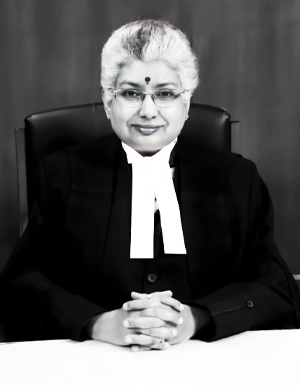

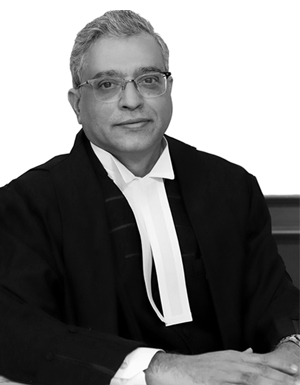



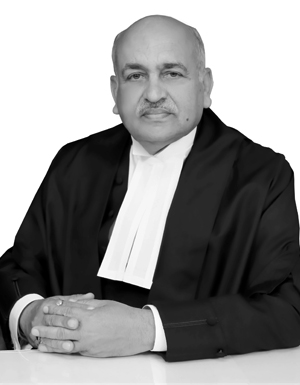

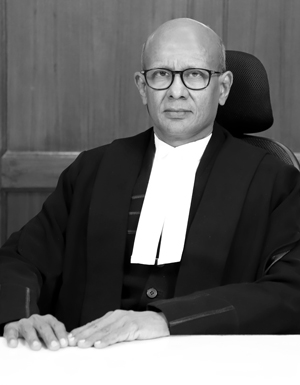
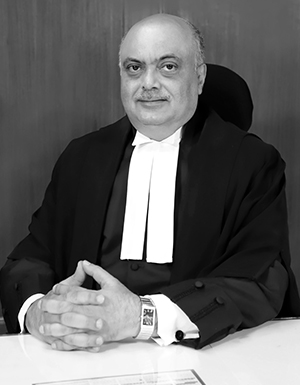
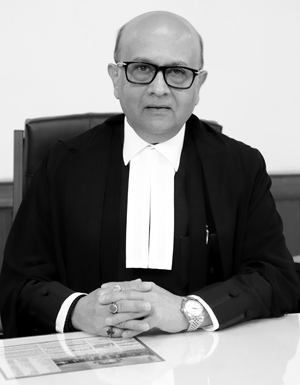

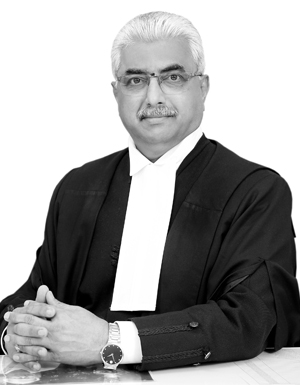

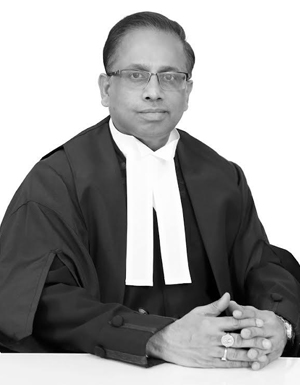

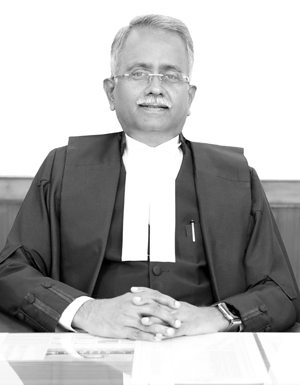
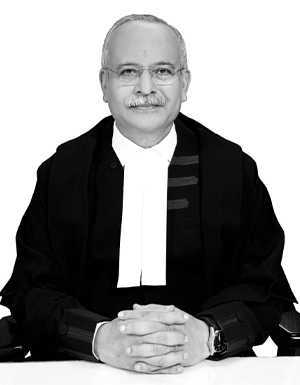





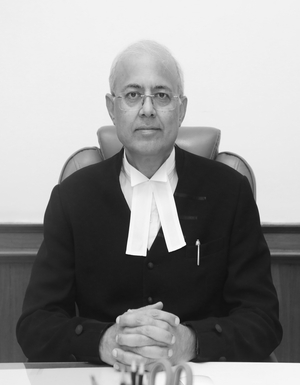


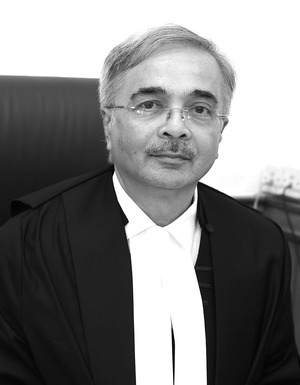
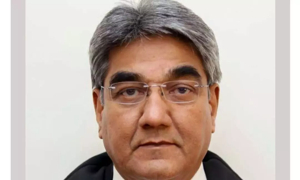
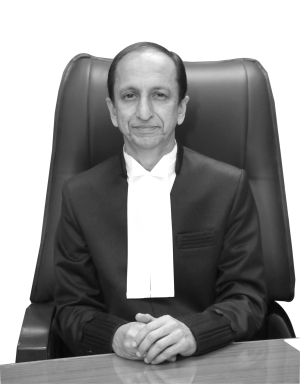

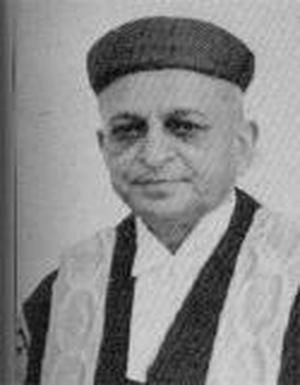
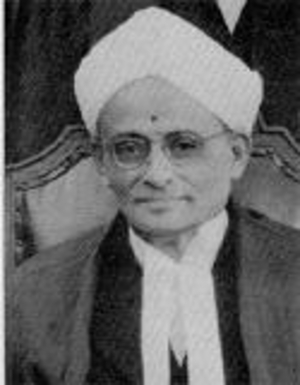
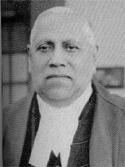
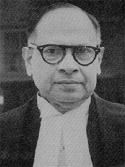
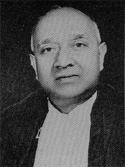
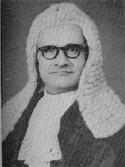
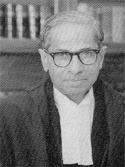
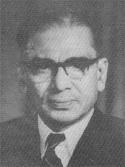
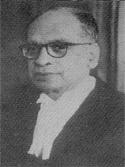
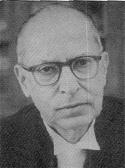
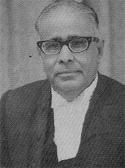
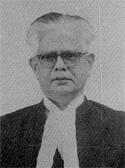
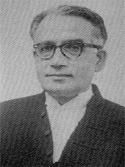
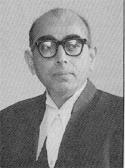

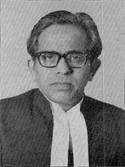
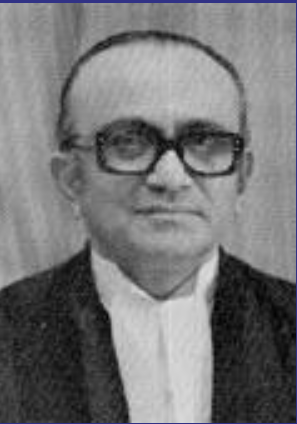

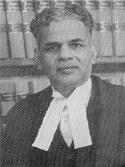
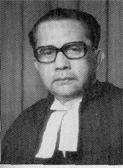
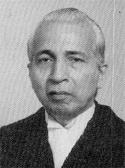
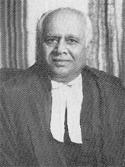
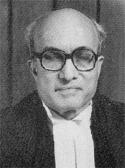
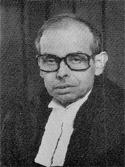
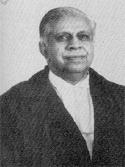
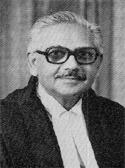
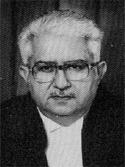
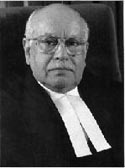
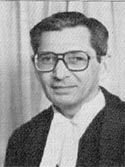


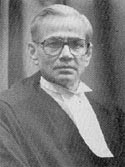
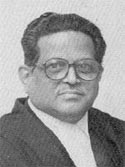

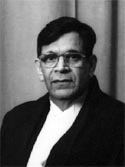
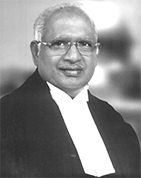

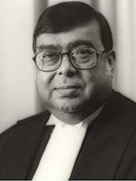

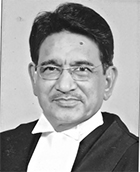




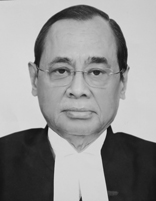





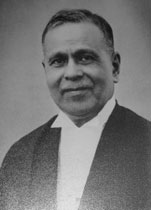
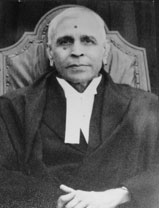
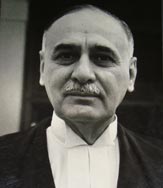
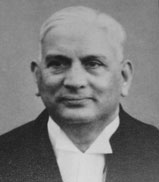
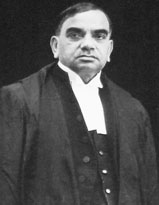

0 comments